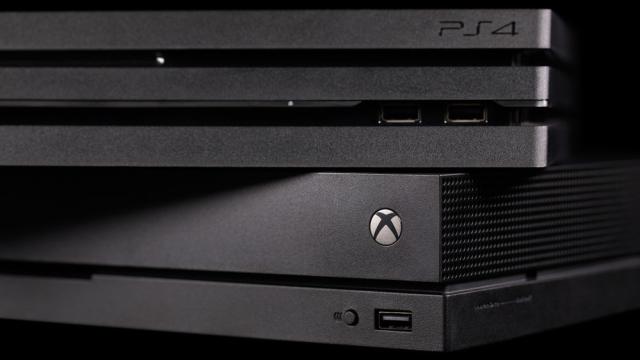We’re a few months away from the launch of Sony’s PlayStation 5 and Microsoft’s Xbox Series X. As is the case with any new console generation, there’s a lot of excitement around the new machines, but their arrival doesn’t mean your current devices will immediately become obsolete. Plenty of games will continue to drop for both the PlayStation 4 and Xbox One, and you’ll be able to keep playing them for years to come if you treat your console well.
The biggest threats to your old gaming systems’ lifespans — really, the biggest risks to most tech in general — are dust and heat. Luckily, you can usually keep both in check with proper cleaning and storage. We’ll go over some tips for maintaining your PS4 and Xbox One using the same tried-and-true tips collectors have been using to keep retro consoles running even decades later.
Dusting and cleaning
Maintenance starts with cleaning and dusting your consoles. Give your consoles and the areas around them routine wipe-downs and dustings to prevent build-up that can prevent proper ventilation and cause overheating.
Remember, electronics and moisture don’t mix. Only use dry dust cloths to clean your console — never use damp towels or wipes, and avoid cleaning products. Moisture from wet towels or chemicals sprayed from a bottle can seep into cracks or vents in the console and cause all kinds of trouble.
As for the inside of your console, use compressed air to blow dust out of the fan vents and other crevices. The trick here is to spray the dust out, not in. Aim so that the can’s nozzle sprays parallel to the vent opening, not directly into the console — doing that can actually push dust and debris further into the machine, which… isn’t good.
Cooling and storage
Properly storing your console is just as important as routine cleaning — especially if the machines are being used regularly.
Store your consoles in open areas with plenty of space between the their fan vents and any shelving or walls. Don’t stack them or place them next to windows, heating vents or other devices. Oh, and make sure they’re placed in the proper position. — some consoles can be placed either vertically or horizontally, but we suggested researching which orientation allows for the most circulation, and use the proper stands if you do set them upright. Personally, I would suggest keeping your consoles flat to prevent accidental tipping, which is the most likely cause of hardware failure or data loss.
There are other DIY cooling solutions out there — including building your own cooling rigs to keep your consoles running at optimal temps — but I can’t vouch for any of them. You’re free to investigate if you want, but do so at your own risk.
Proper cooling and cleaning will keep your consoles running well, but at some point, you may need to address hardware and software issues, too.
Software upkeep
Sometimes a console slows down because of an internal software issue, and the recommendations for what to do in these cases are the same as they’d be for your smartphone or PC: Make sure you’ve installed the latest updates and perform a factory reset if the problem persists. As with any device with an operating system, restoring your consoles to their factory settings every so often can keep a device running smoother for longer. This is really only an issue on original hardware from post-PlayStation 2 eras, but some newer third-party retro consoles need regular software upkeep as well.
If you’re having issues but can’t seem to find a problem with the console itself, it’s possible the games are at fault. Proper storage and care will differ between cartridge based-systems and those that play discs — make sure you treat them well.
Hardware fixes
Regular cleanings with proper technique should be enough to prevent the need for a deep cleaning of a console’s internal hardware. However, if your machine is really running poorly, you may need to pop the case open and take a look inside — and perhaps even replace something in there. On newer consoles, the optical drive and hard drives are going to be common points of failure, but every machine has its weak points. Some consoles, like the PlayStation 4, allow users to easily swap out the stock hard drive if they want, but if you need to replace anything else you’ll need to open that sucker up.
The process for doing this is different for every machine, but it’s easy to find a guide for your console of choice with a Google search. Fair warning, though: Opening your console is risky. It may void the warranty (admittedly a non-issue for older devices already out of warranty) and it is easy to break something due to user error. Only open the case if you’re absolutely sure it’s necessary and are confident you’ll be able to properly handle the hardware.
Some hardware issues are unavoidable due to natural wear-and-tear, but you can prevent unnecessary failures with proper storage and cleaning. When it doubt, stock up on that canned air. You’re going to need it if you want your older consoles to survive the next generation of gaming.
[CNET]

Leave a Reply
You must be logged in to post a comment.